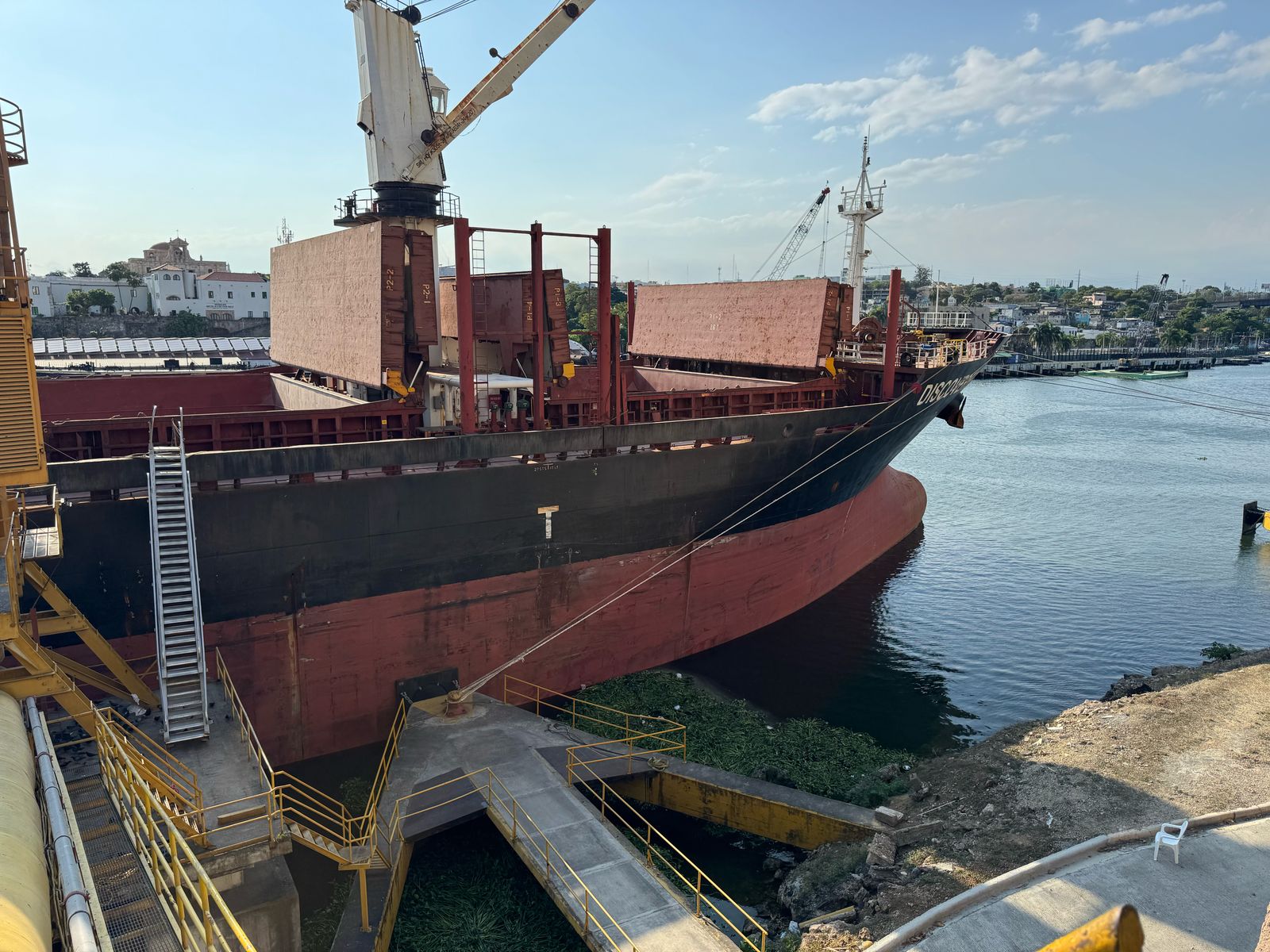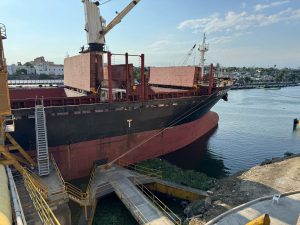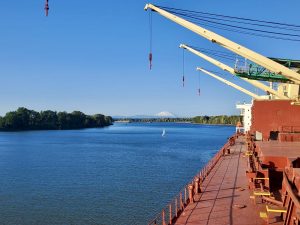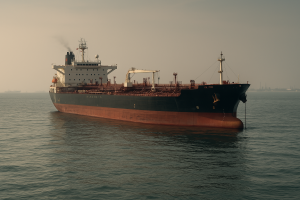
Cargo Valve Malfunction During Discharge
During routine cargo discharge operations, the crew identified a suspected blockage within the red pipeline group, which served Tank No.1, Tank No.4, and the slop wing tanks. Despite multiple attempts to open Valve OT 132—responsible for controlling flow from these tanks—there was no cargo movement, even though the control panel indicated the valve was in the open position.
Given the potential for discharge delays and the critical nature of the operation, an immediate investigation was undertaken. A crossover was initiated from the red group to the yellow group via the blue line. When Tank No.1 wings began discharging normally through this alternate route, it confirmed the issue did not lie with the tanks themselves, but rather with Valve OT 132.
The crew attempted to open the valve manually using a hydraulic hand pump. However, unlike other valves such as OT 127, which responded normally, no hydraulic pressure could be generated for OT 132. This clearly indicated that the valve was mechanically jammed and could not be actuated either remotely or manually.
To maintain operational continuity, the discharge was reconfigured. Tank No.1 wings were successfully emptied via the established crossover. Tank No.4 wings were discharged using a separate pump and alternate routing. The full discharge sequence for Tanks 1 through 6, including stripping, was completed by 0230 hours on February 9. The slop tank discharge followed without issue.
The root cause was traced to a mechanical failure of Valve OT 132, which had seized in the closed position. This rendered the standard discharge path inoperable and necessitated the implementation of contingency routing.
Through swift diagnostic action and collaborative problem-solving, the discharge operation was completed with minimal disruption. This case highlights the importance of onboard system redundancy, rapid troubleshooting, and the technical insight required to adapt effectively to mechanical failures during critical transfer operations.
Back to All Case Studies
Virtual Port Captaincy – Maximizing Cargo Intake
A vessel calling at New Orleans was preparing to load cargo for discharge at a port with a strict draft...
Read More.png)

Cargo Valve Malfunction During Discharge
During routine cargo discharge operations, the crew identified a suspected blockage within the red pipeline group, which served Tank No.1,...
Read More.png)

Hold Cleaning – Ensuring Compliance for Sensitive Cargoes
While attending a vessel at the port of Pascagoula, it was discovered that remnants of a previous cement cargo discharge...
Read More.png)

Planned Maintenance System
Often vessel owners with small teams of shore staff struggle to maintain oversight onboard vessels. To support these owners Maritech...
Read More.png)

Tackling Off-Spec Cargo Challenges on Tanker Vessels
A tanker vessel was detained offshore for several days after petroleum cargo loaded via a shore pipeline was found to...
Read More.png)